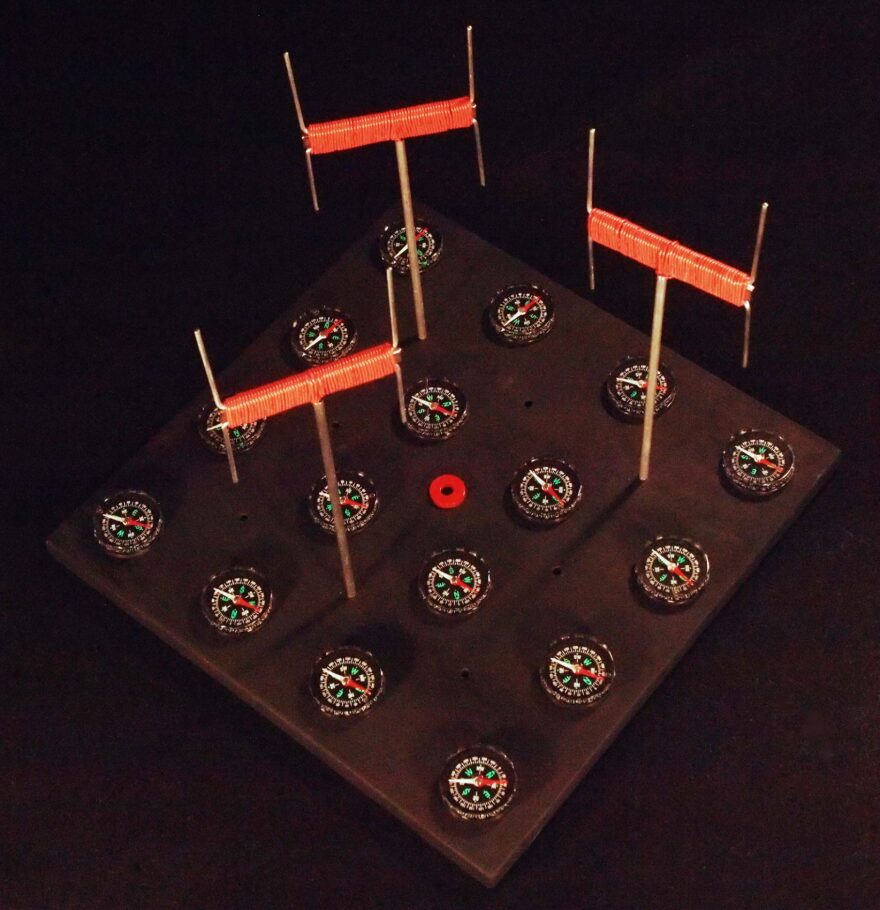Humans have always appropriated designs from animals in our own technology. A new art exhibit at the Samek Art Museum in Pennsylvania asks, what would it look like if they appropriated ours?
Writer and artist Jonathon Keats (@jonathonkeats) talks with Here & Now’s Robin Young about his new exhibit and whether humans owe anything to the other creatures in the animal kingdom.
Interview Highlights
On The Inspiration For The Exhibit
“I’ve been fascinated by biomimicry for a very long time. By all of the inventions ranging from Velcro, for instance, as an early example, to more recently surgical cements and as you alluded to, the bullet train in Japan. What I’ve observed as I’ve researched these inventions is that they’re really great for us but not necessarily so good for the species that came up with them in the first place. Or more broadly, that our technologies have made the world much more difficult for life on the planet aside from us. As a result, it seemed to me that really needed to start thinking about how we could turn the equation, that somehow we could potentially benefit them. Or in other words: that they could take up our inventions, in the way that we take up theirs and that they could make use of those inventions for their own benefit.”
On Whether Animals Would Benefit From Our Technology
“Where it gets more interesting for me is where all of this starts to fall apart. Meaning, does it really make much sense to have all of these flocks of drones as ways of getting birds around? Do we really want to bring other organisms in to this kind of pile-up of technology on top of technology that is very much the human way? To me, we kind of have gotten ourselves into this situation where technology causes problems — everything ranging from urbanization to climate change, in terms of how our society functions or doesn’t. We tend to then choose other technologies, or build other technologies in order to be able to get around those problems. In the case of climate change, most famously, this would involve geoengineering or in other words, spraying aerosols into the atmosphere, for instance, as a way of blocking sunlight in perpetuity. This way to me seems potentially to be unsustainable, and certainly to be questionable in terms of the logic. By bringing other organisms into this mindset, it brings us into somewhat of an absurd space. I hope it’s funny in some way too, because if we start to laugh, we can stand back and we can look at what we do and think about it in terms of how we might otherwise move forward in our world.”
More Photos:
Copyright 2021 NPR. To see more, visit https://www.npr.org.






